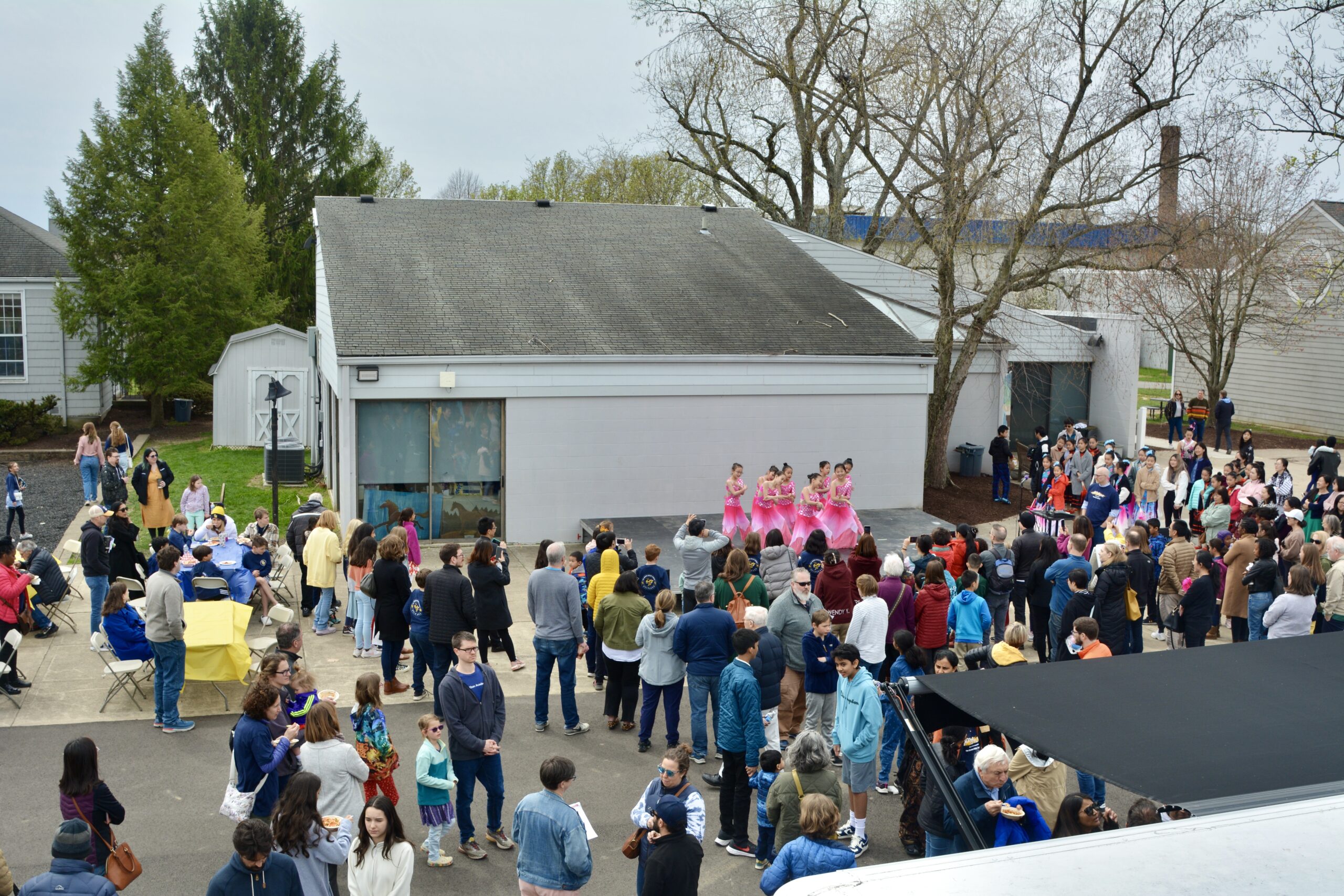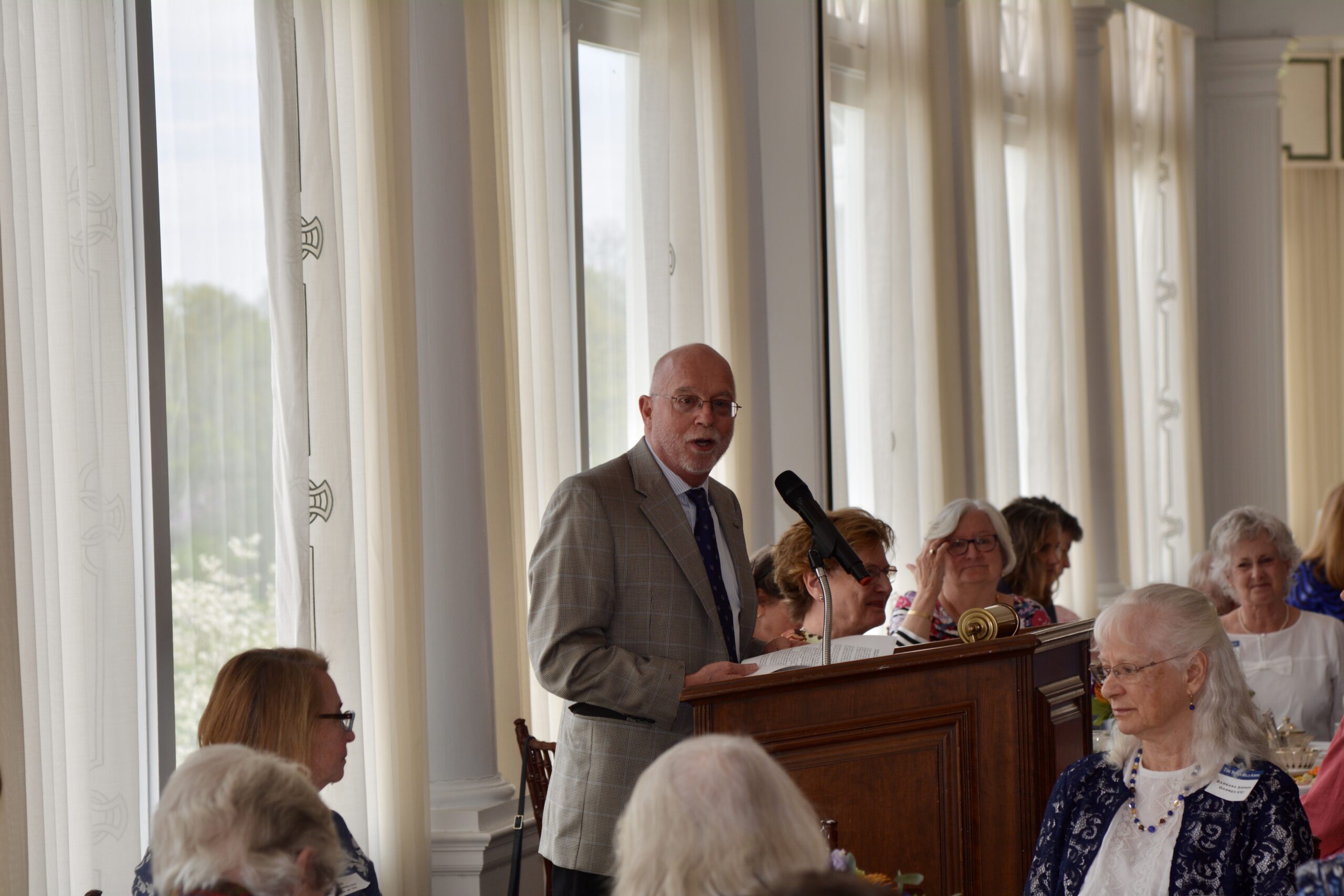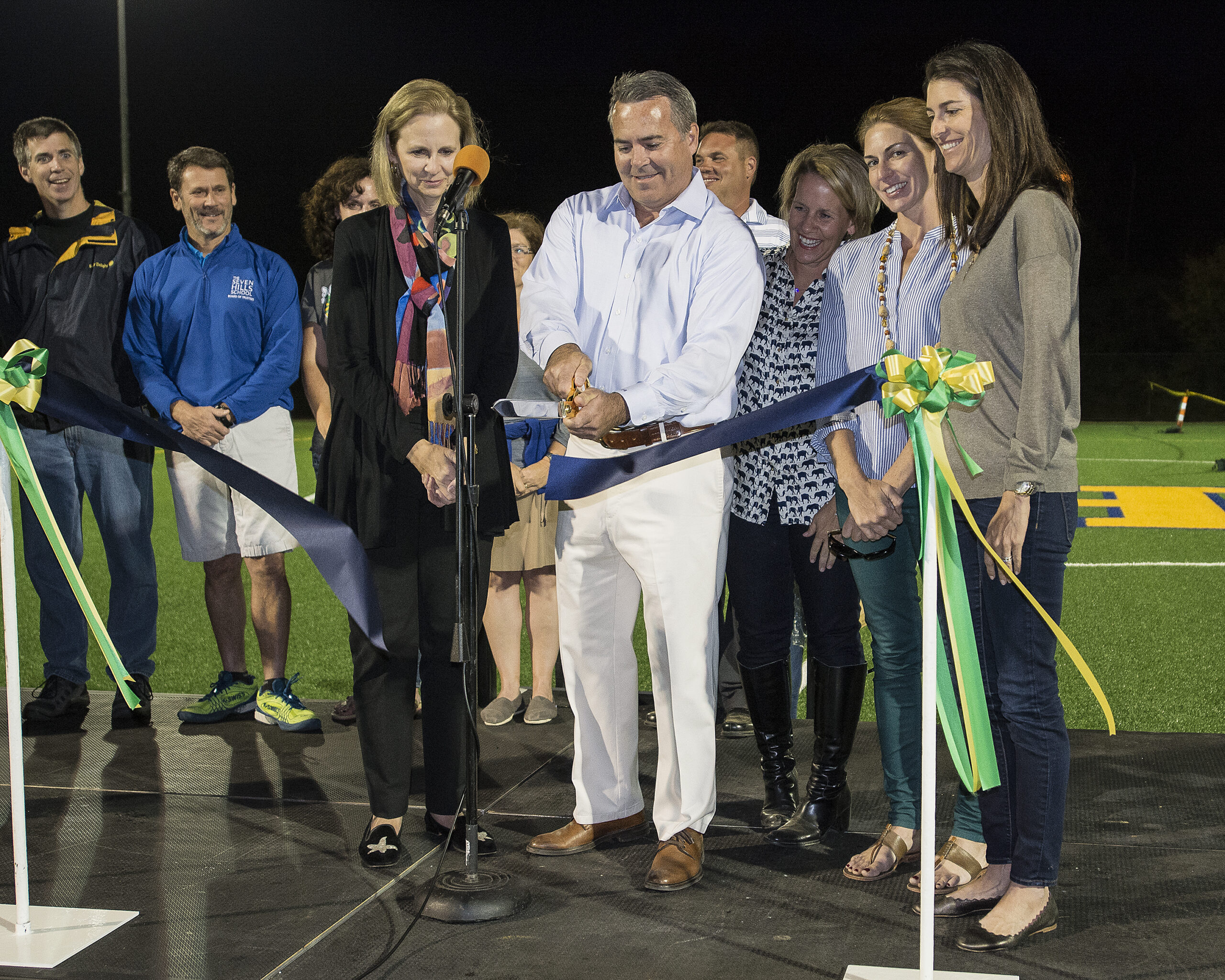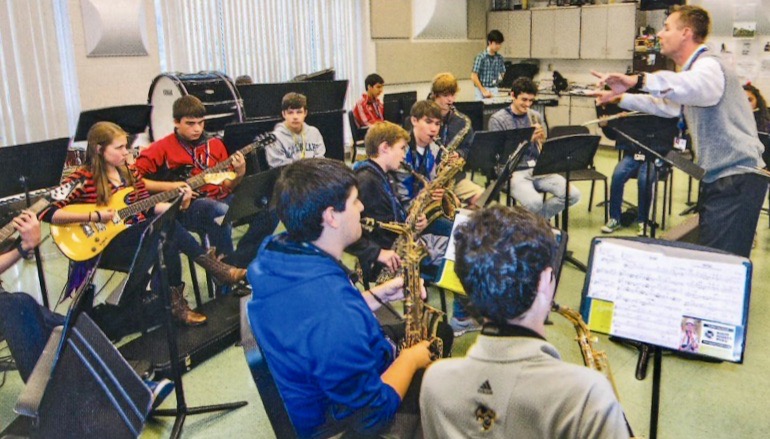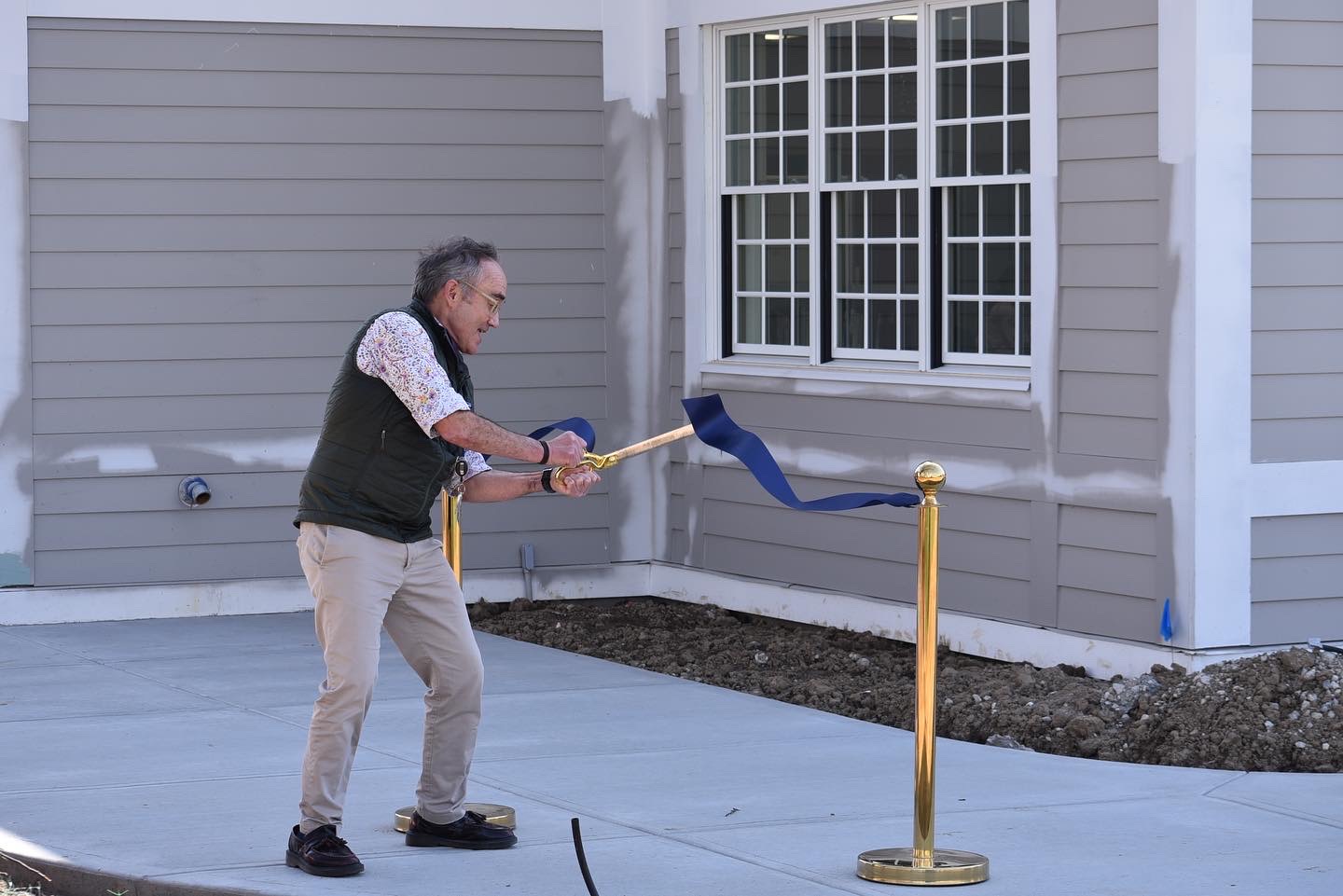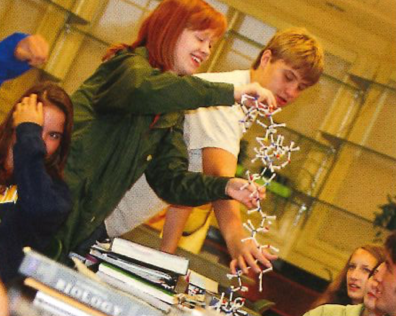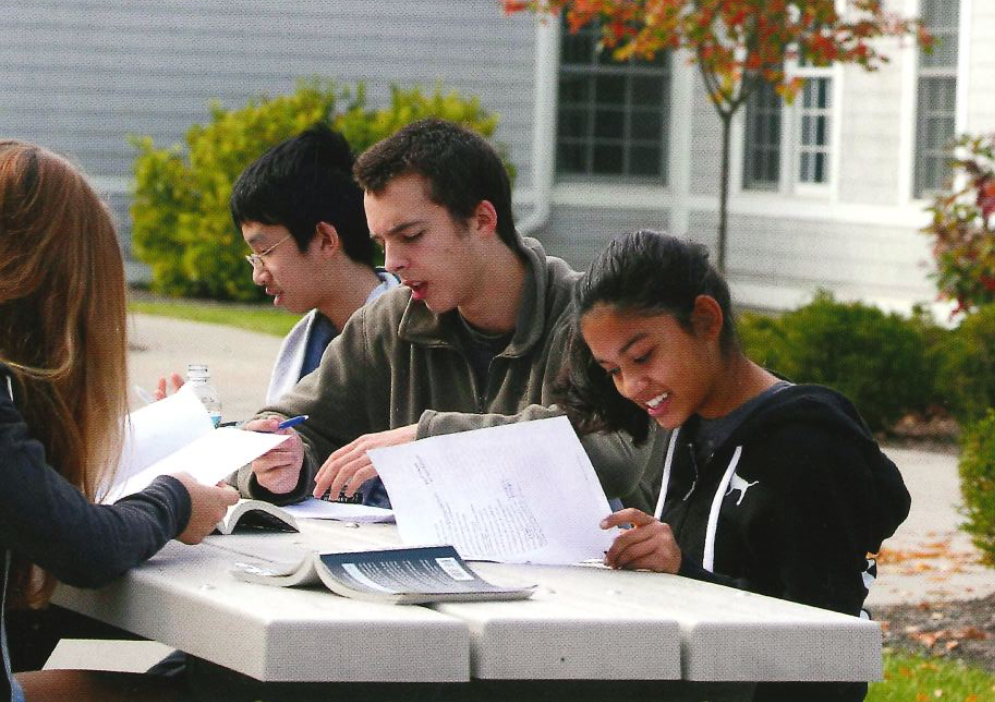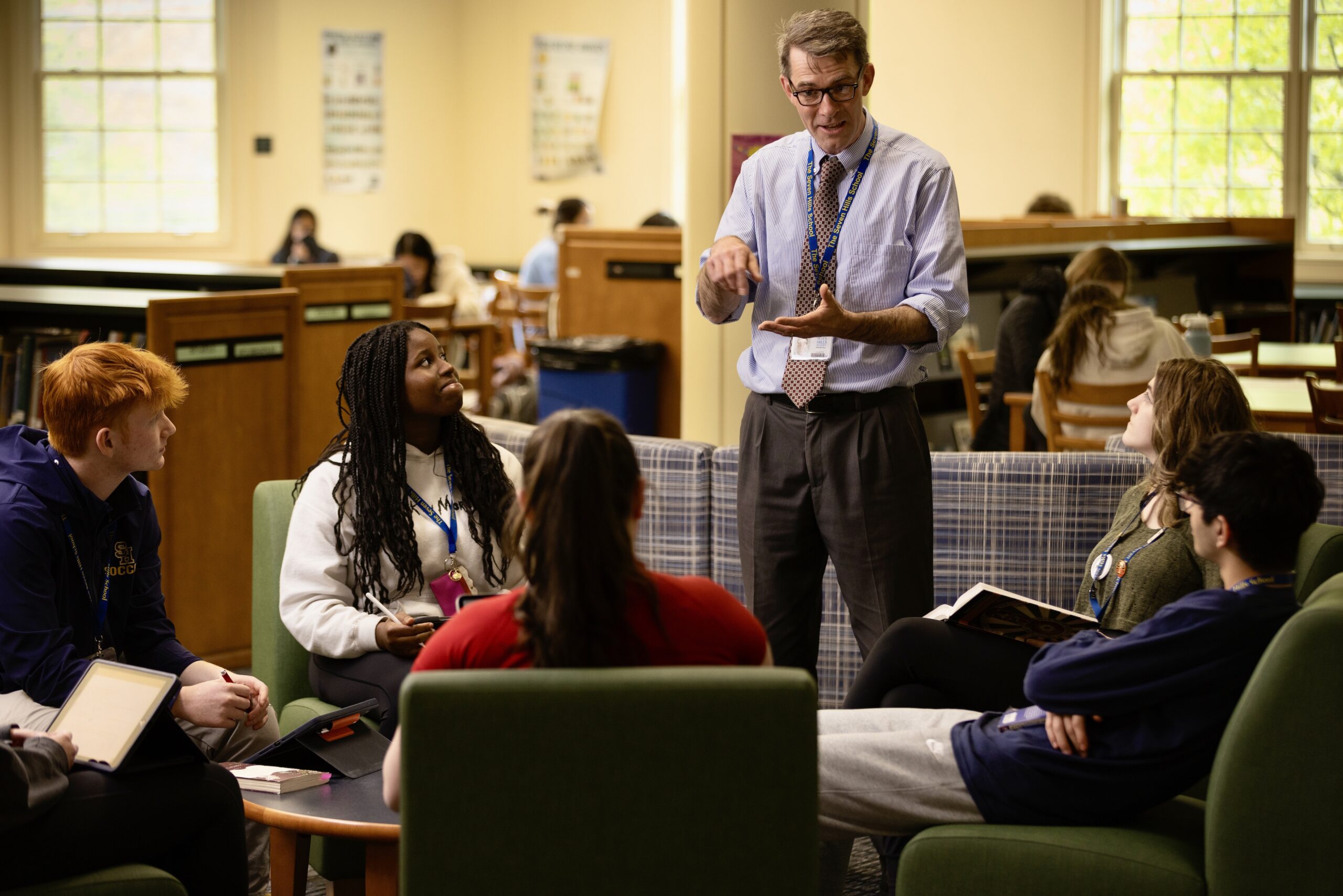1970-1980
In 1974, the Boards of College Preparatory School and the Hillsdale-Lotspeich School voted to merge under the new name of The Seven Hills School. The long-debated merger occurred during a tumultuous time in education, with many established schools struggling financially and single-sex schools around the country contemplating coeducation. The three schools began as girls-only, but Hillsdale had been admitting boys for three years. Doug Stenberg, who had headed Hillsdale-Lotspeich since 1970, was named the first Head of the combined school and began the process of merging the schools’ robust traditions. In 1976, Peter Briggs, formerly the Head of Case Western Reserve Academy, succeeded Mr. Sternberg and continued the work of defining a shared Seven Hills culture. By the end of the decade, a self-contained middle school had opened in Faran Hall on the Doherty Campus, and the school rapidly expanded the population of male students. By 1980, 38 percent of Seven Hills’ 850 students were boys.
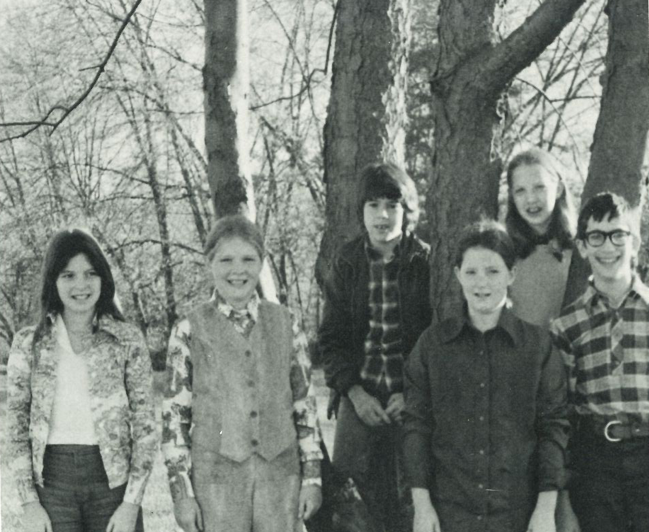
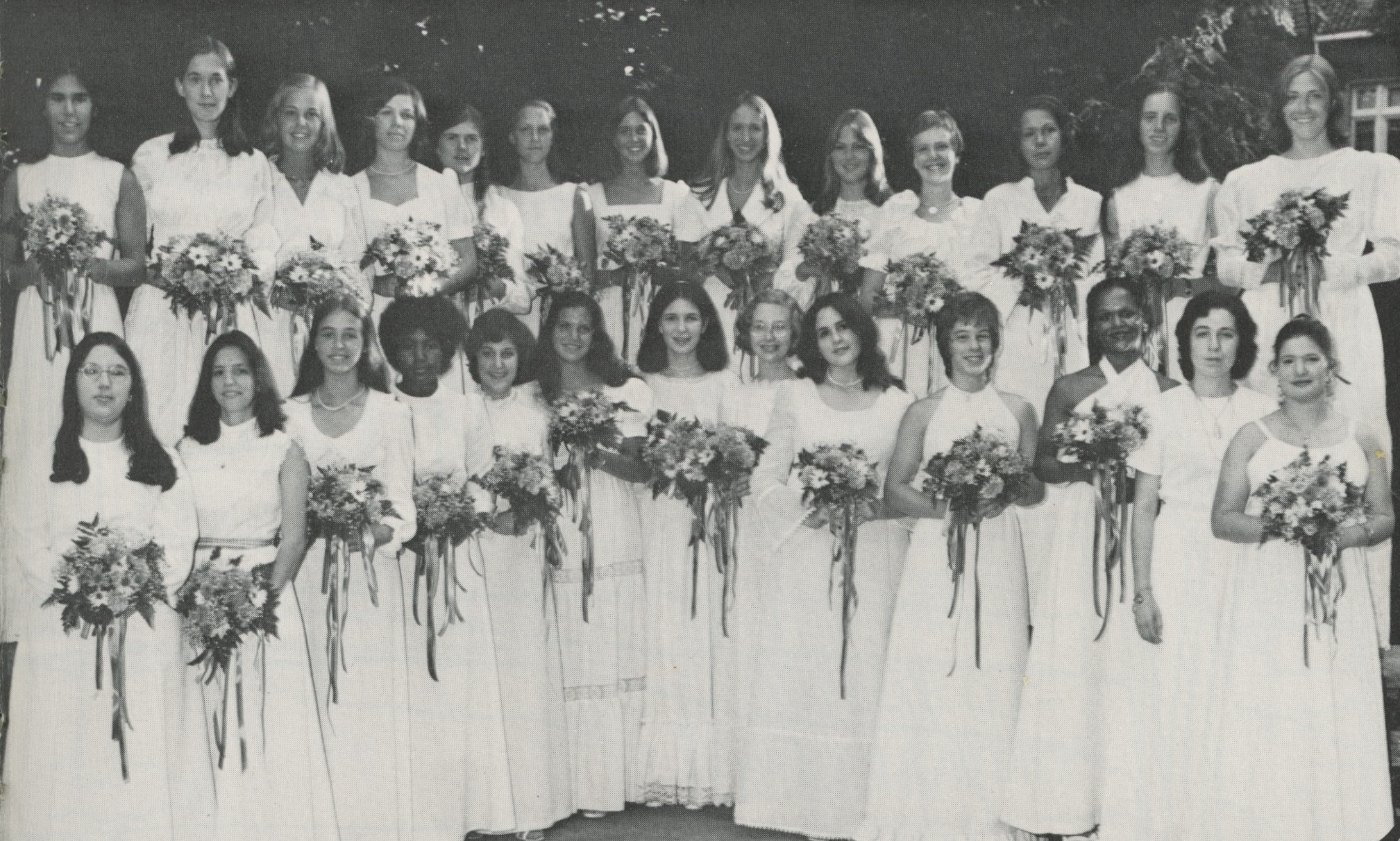
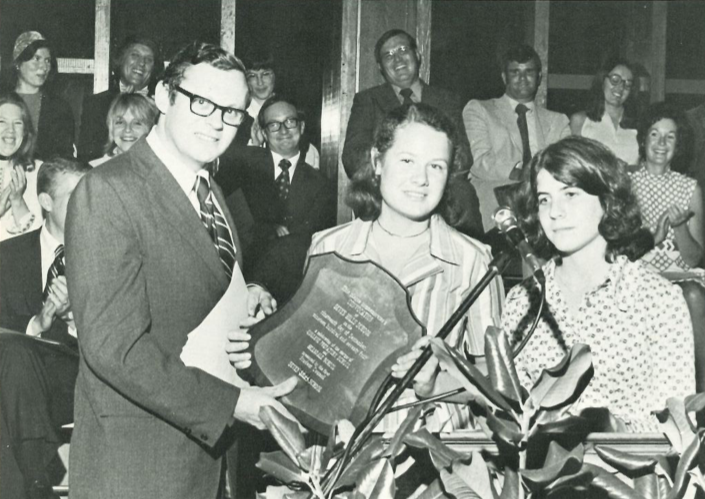
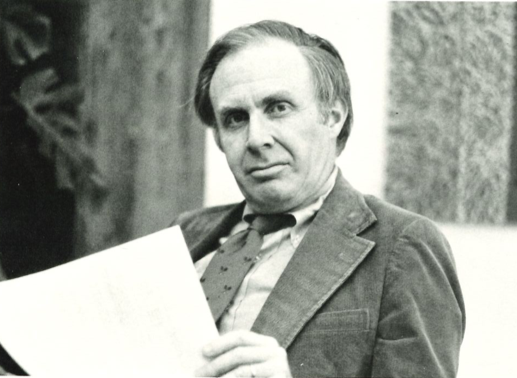
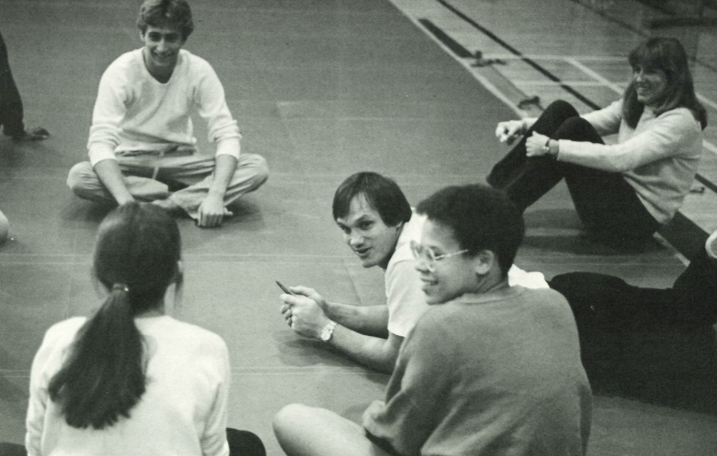

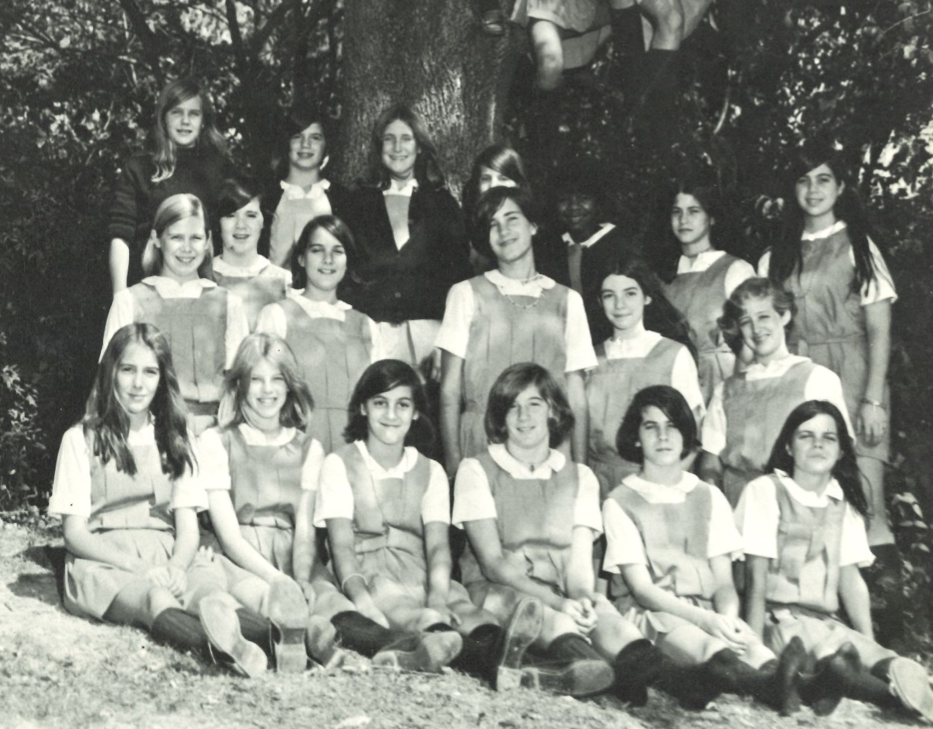
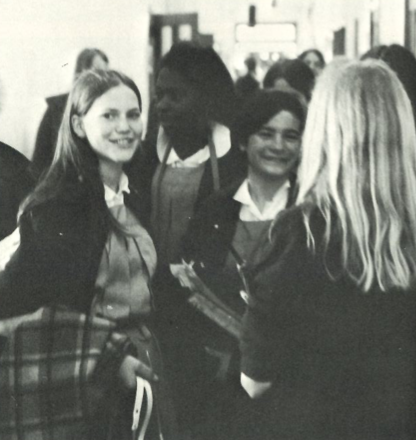
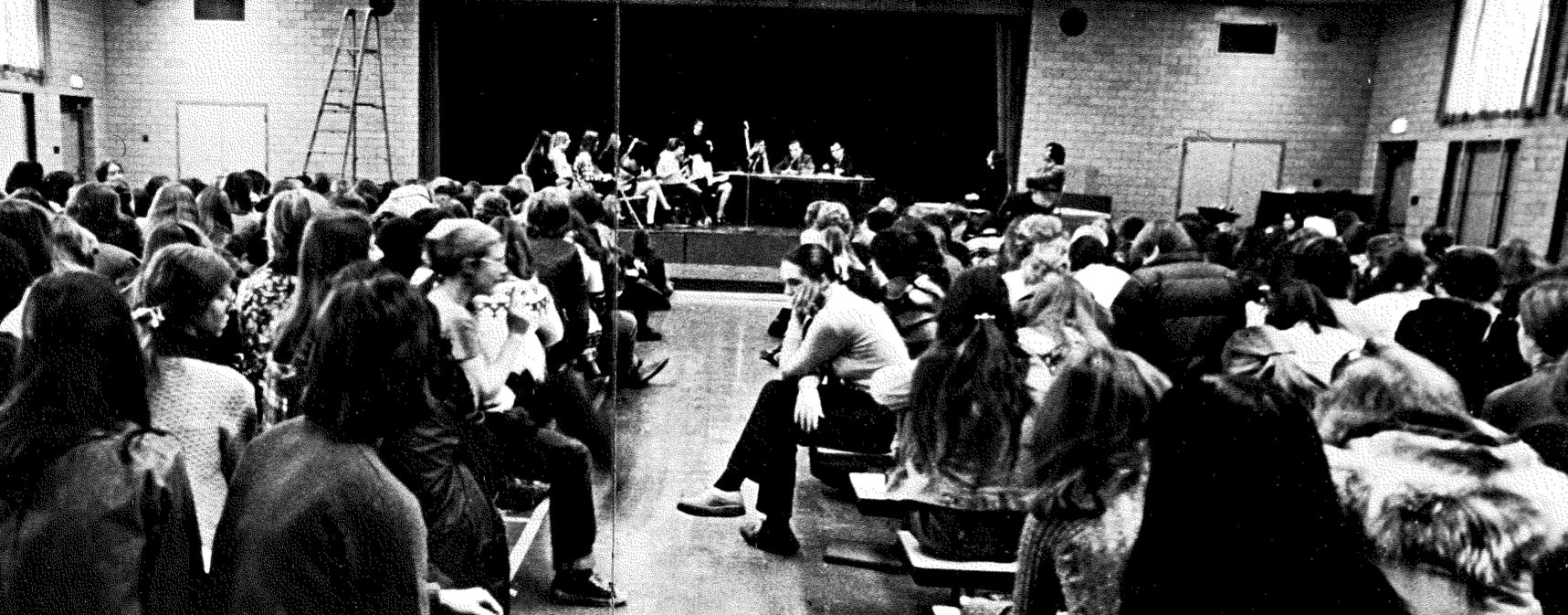
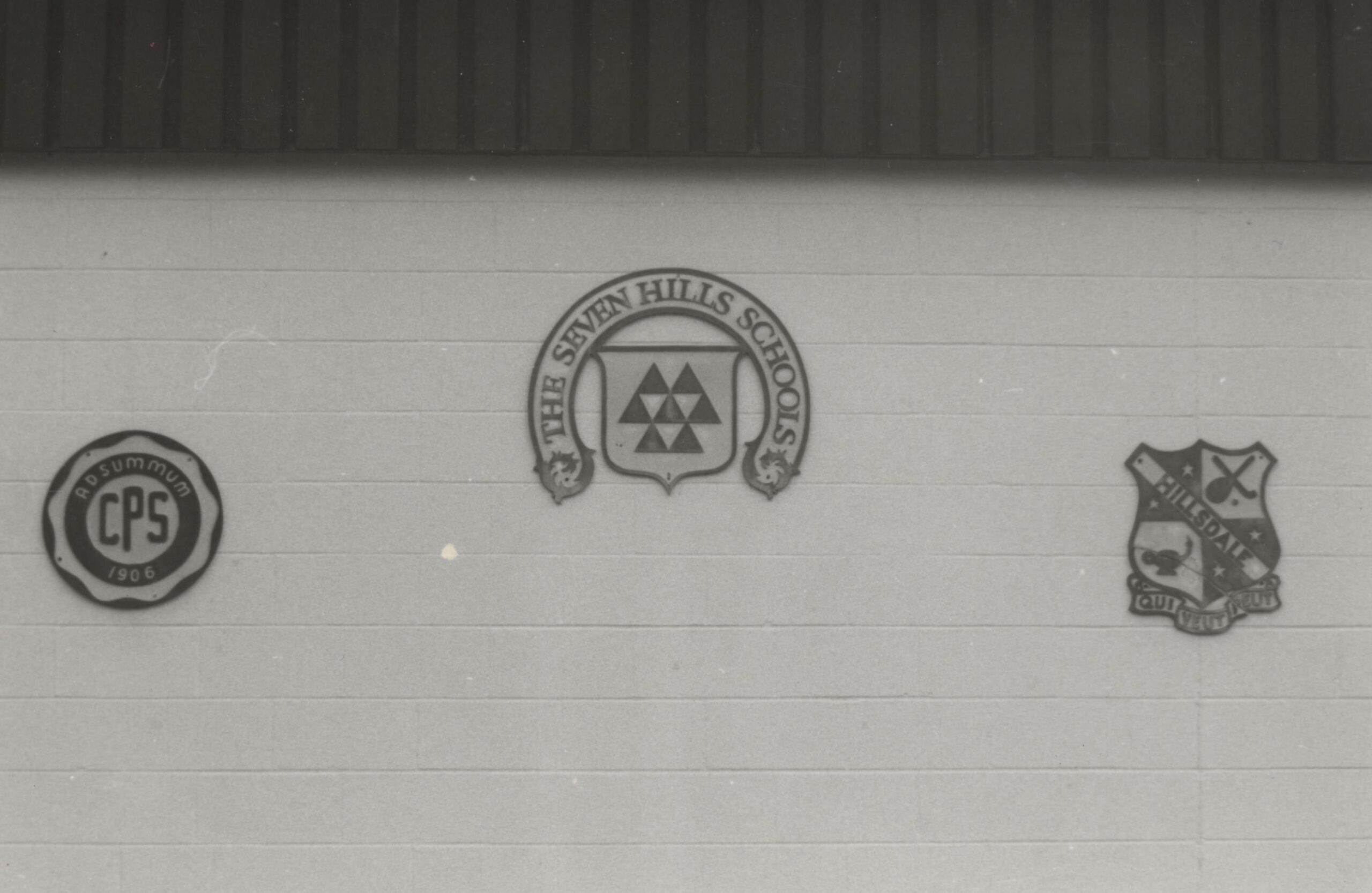
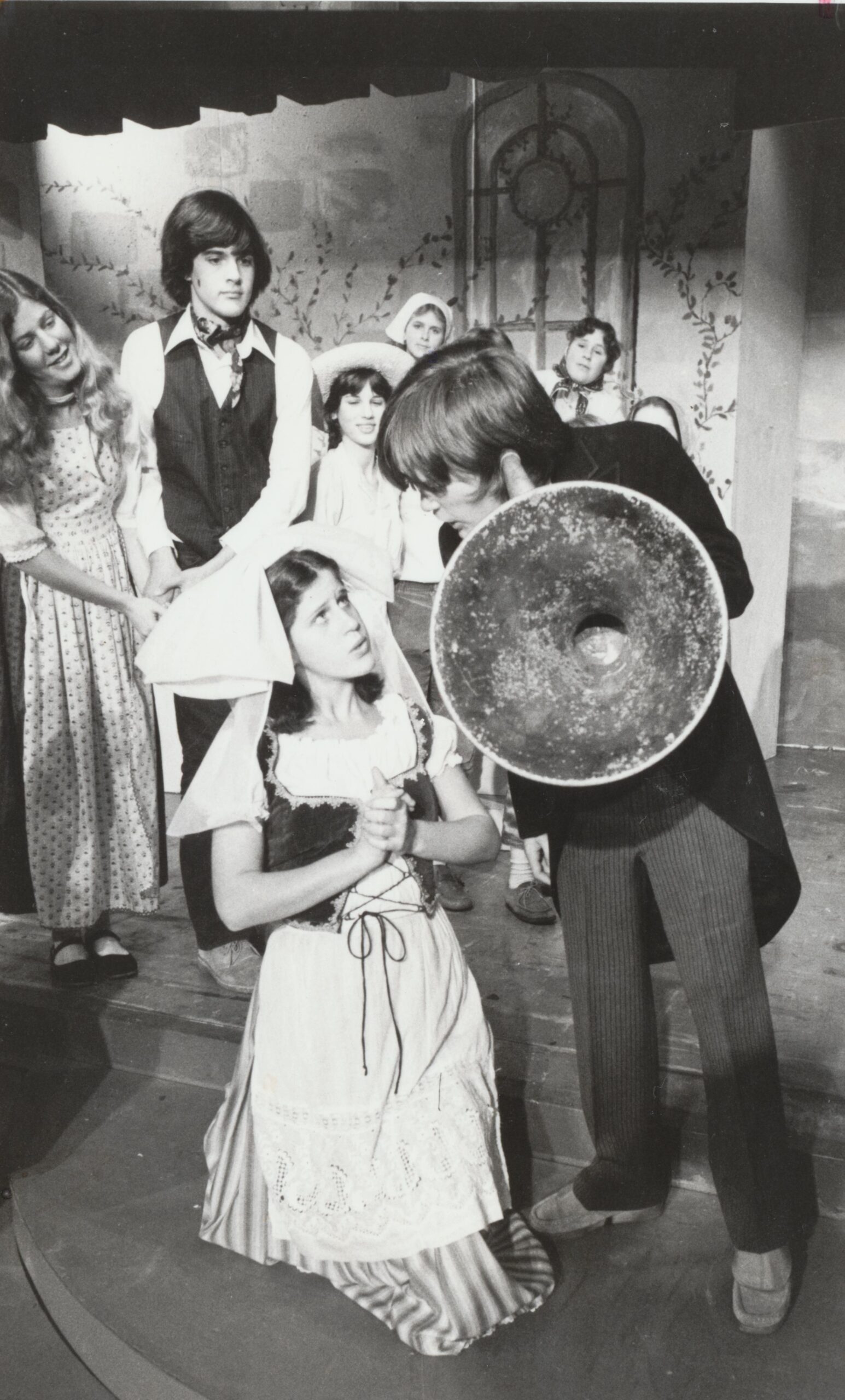
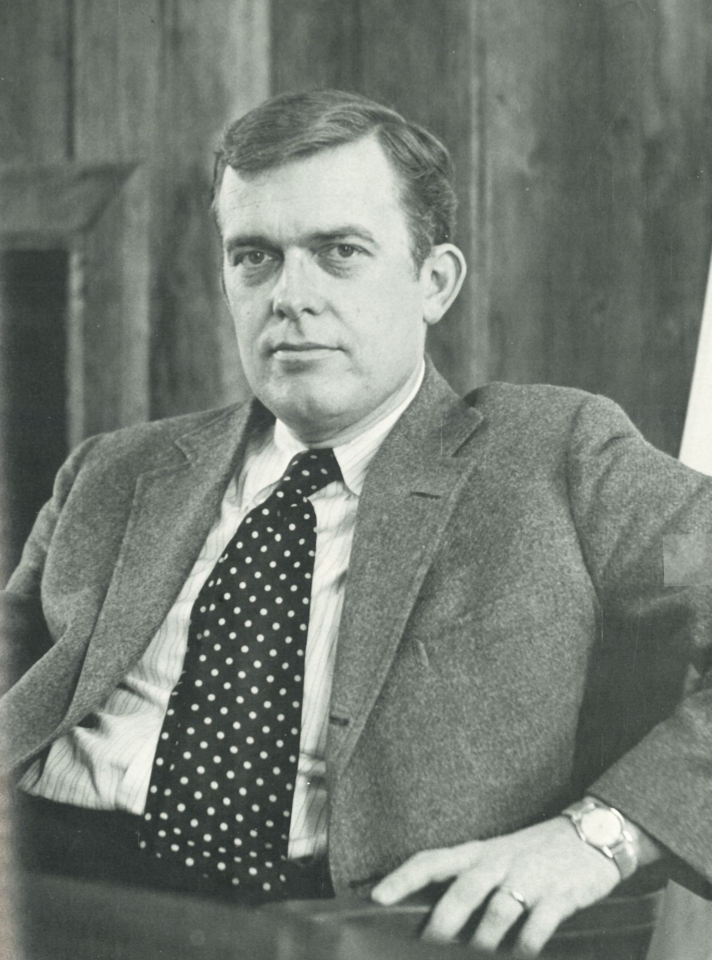
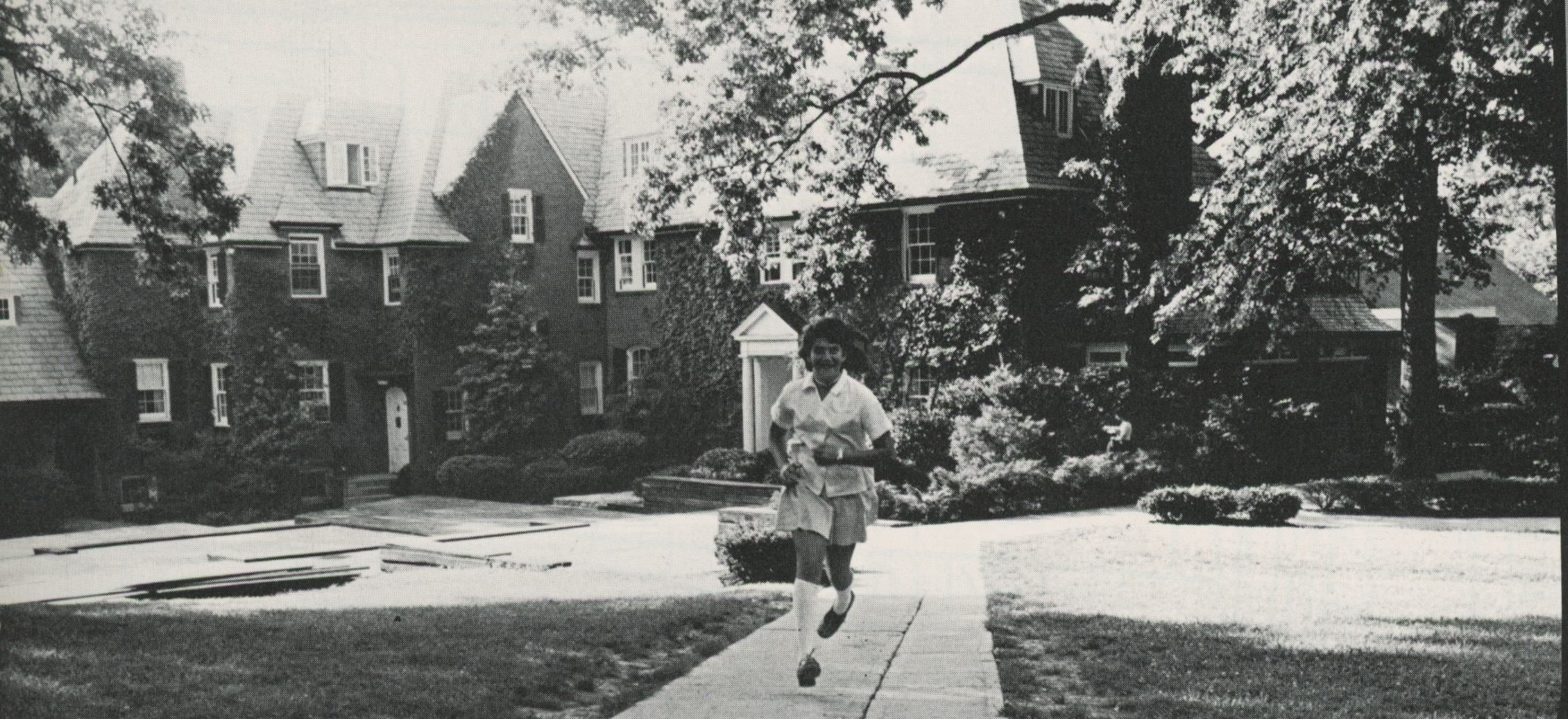
1980-1990
As the 1980s began, Seven Hills was on a roll. National recognition for academic achievements had increased enrollment, and The Clothing Exchange had funded the purchase of the first student computers. Athletic Director Dick “Duke” Snyder had built a strong athletic program, and the Charles Sawyer Field and Barney Moore Track were dedicated in 1983. During the summer of 1987, the Lotspeich building was struck by lightning and burned down. But a dedicated cadre of Seven Hills community members moved mountains so that the school could still open, in its temporary quarters, on time in August. By January 1989, a new Lotspeich building had been funded, planned, and dedicated, topped by its symbolic weathervane, a phoenix rising from the ashes. In addition, after a great deal of a discussion, the Board voted to restructure the school by establishing a reconfigured Middle School division, including grades six through eight, to be located in a new space on the Hillsdale Campus.
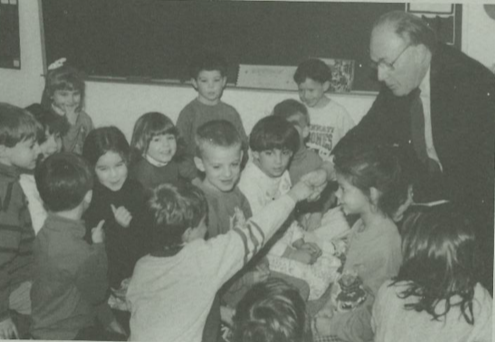
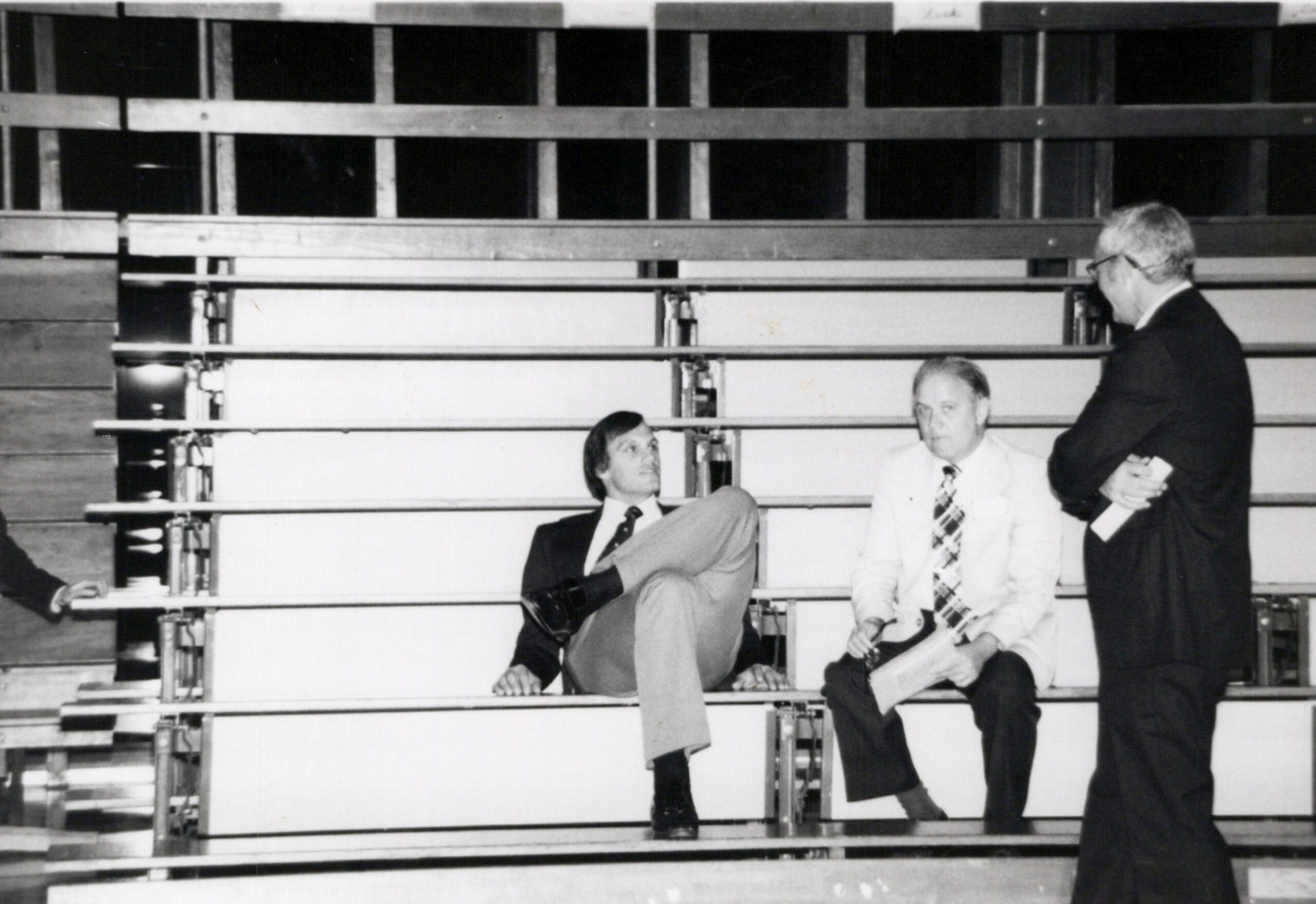

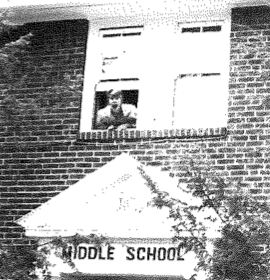
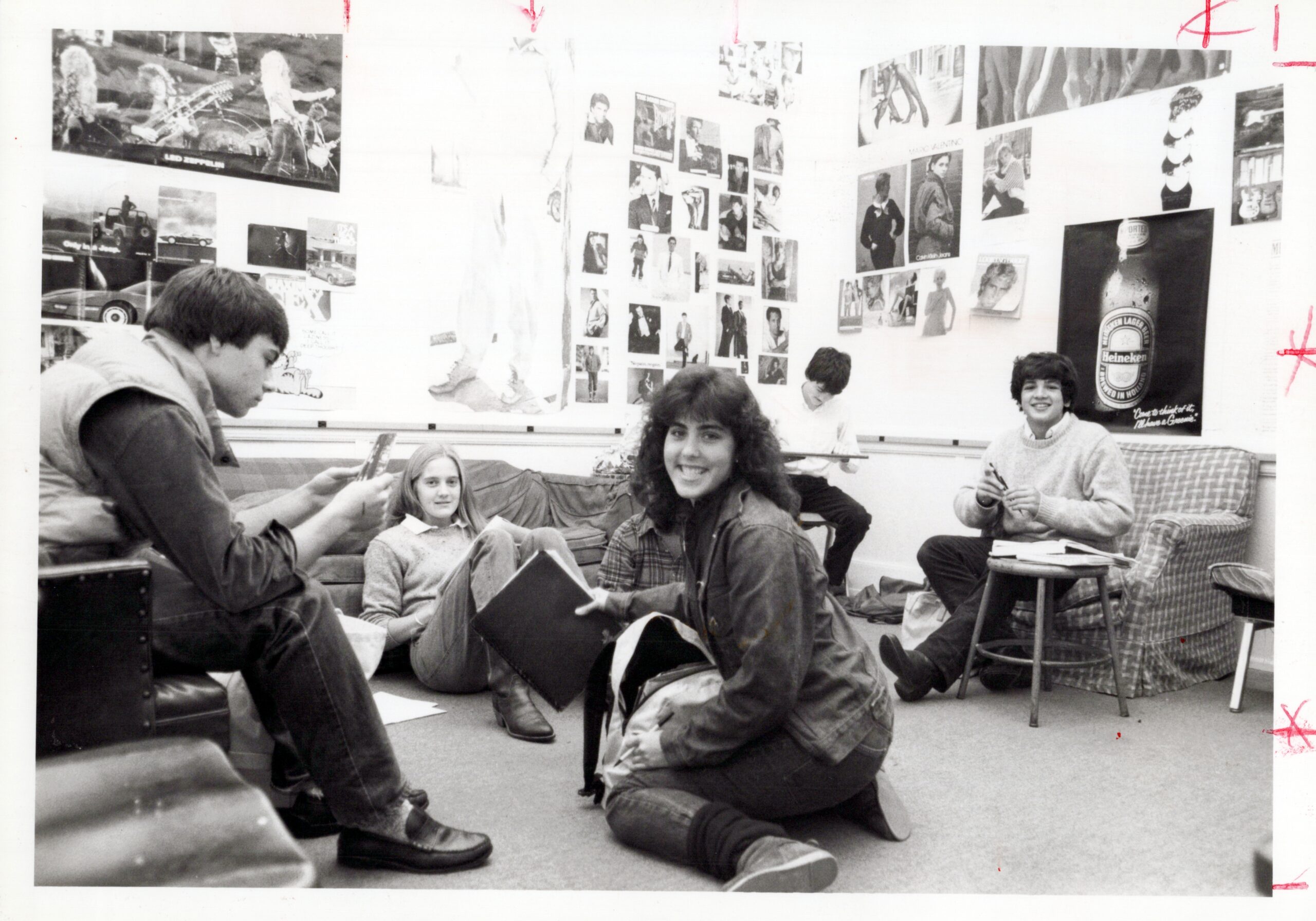
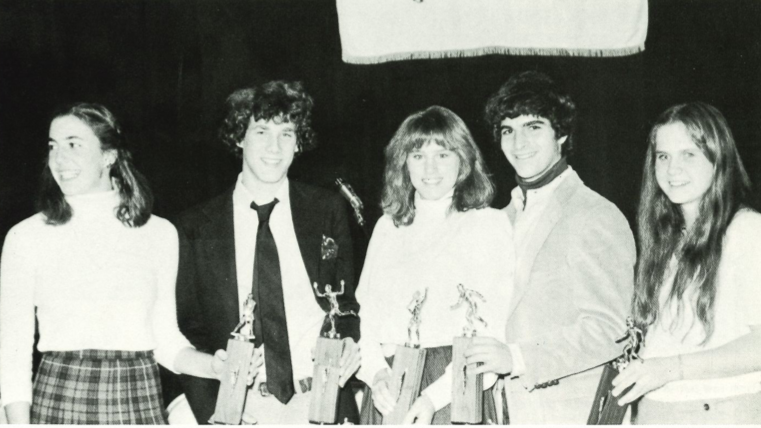
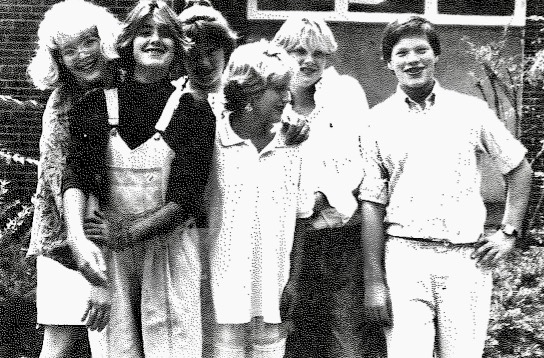
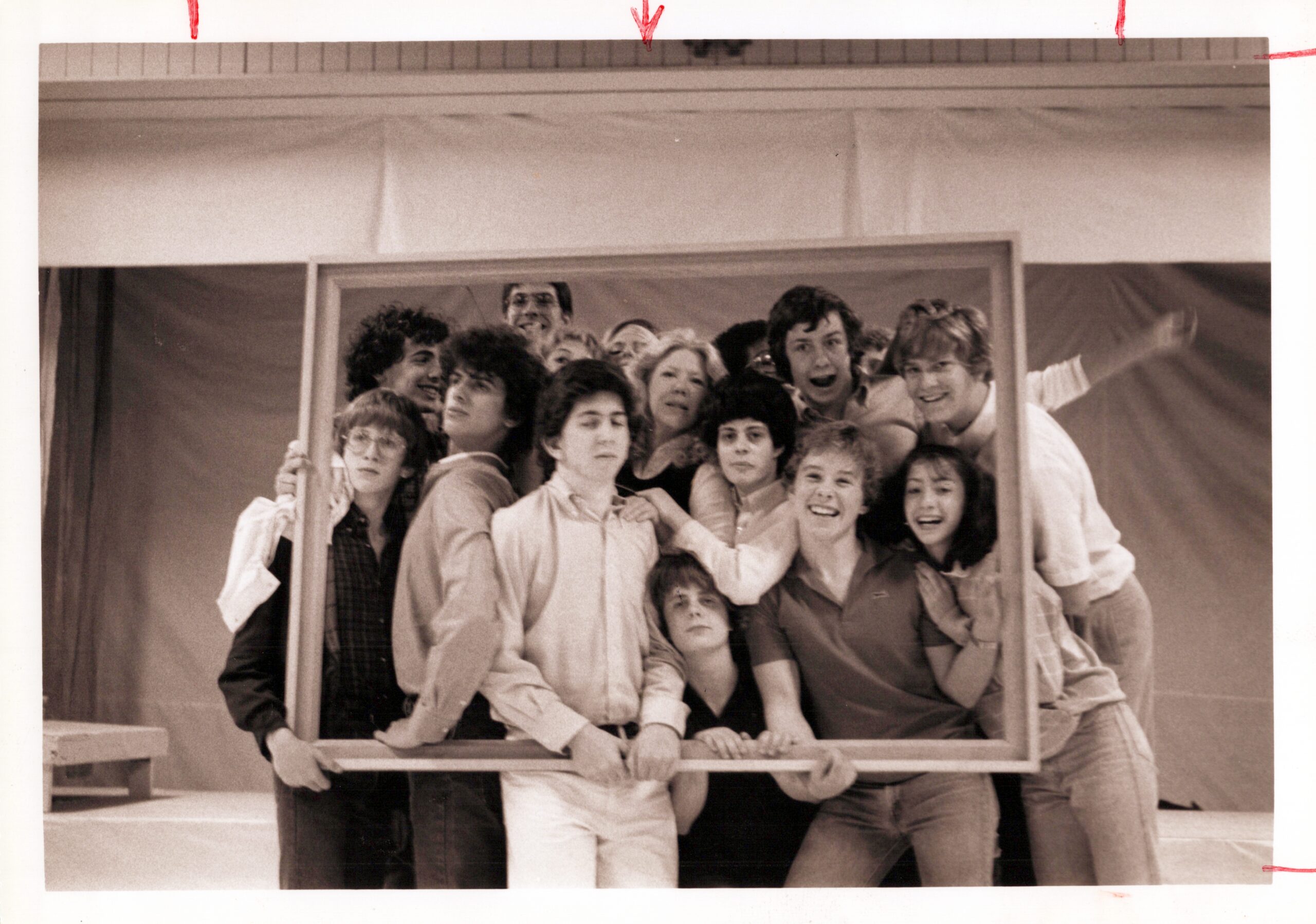
1990-2000
Seven Hills began the 1990s by continuing to build for its future. With a new Lotspeich building now open on the Hillsdale Campus and the expansion and renovations completed on Jones Hall at Doherty, the Board’s attention turned to building a new home, on the Hillsdale Campus, for the consolidated Middle School. By 1991, that new facility opened, along with the adjacent Stoehr Gymnasium. The Campaign for Seven Hills concluded, exceeding its fundraising goal. In 1995, Peter Briggs announced his retirement after an extraordinarily productive tenure of 19 years. Under his leadership, the school had achieved a record — and more diverse — enrollment, rebuilt both campuses, established a significant endowment, and earned a national reputation for academic excellence and for the breadth and scope of its athletics and arts program. In 1995, after a nationwide search, Debbie Reed was chosen to guide the school into the 21st century. Mrs. Reed initiated a school-wide push into technology, establishing required tech classes for faculty, who then dramatically upgraded the use of technology in the curriculum. Mrs. Reed also emphasized an exploration of learning styles, encouraging faculty to differentiate instruction to encompass our students’ range of learning needs. In response, the world language department developed a new Orton-Gillingham designed Spanish curriculum to empower differently able language learners to find success in Spanish, which had previously not been available to them. In a third significant initiative, Mrs. Reed invited such nationally known speakers as Michael Thompson and Robert Evans to spend days on campus, working with students and faculty on social-emotional issues affecting children’s lives.
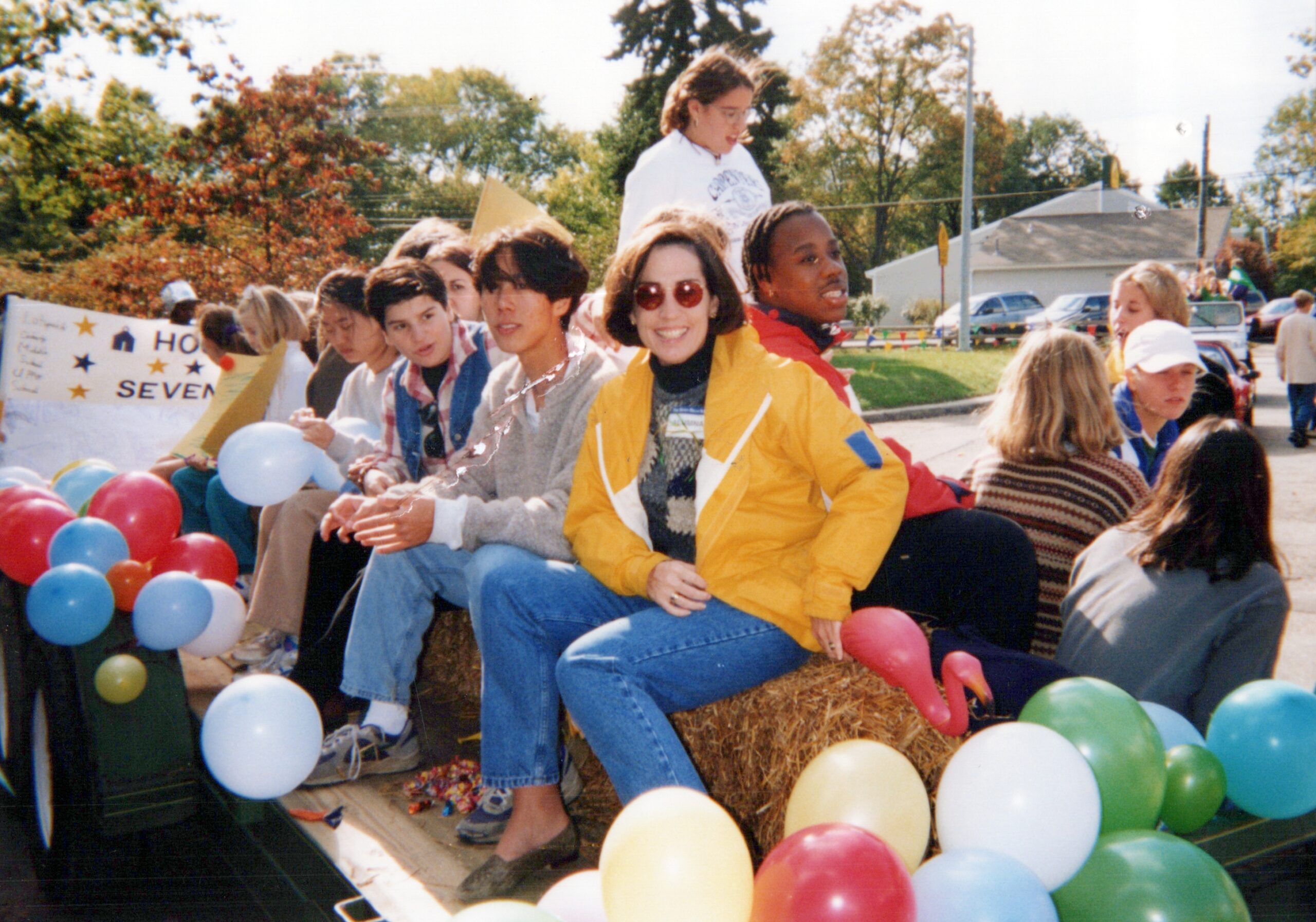
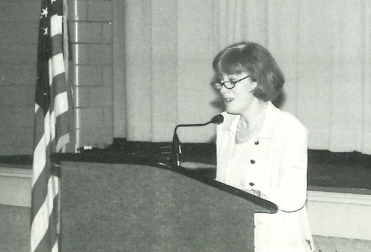
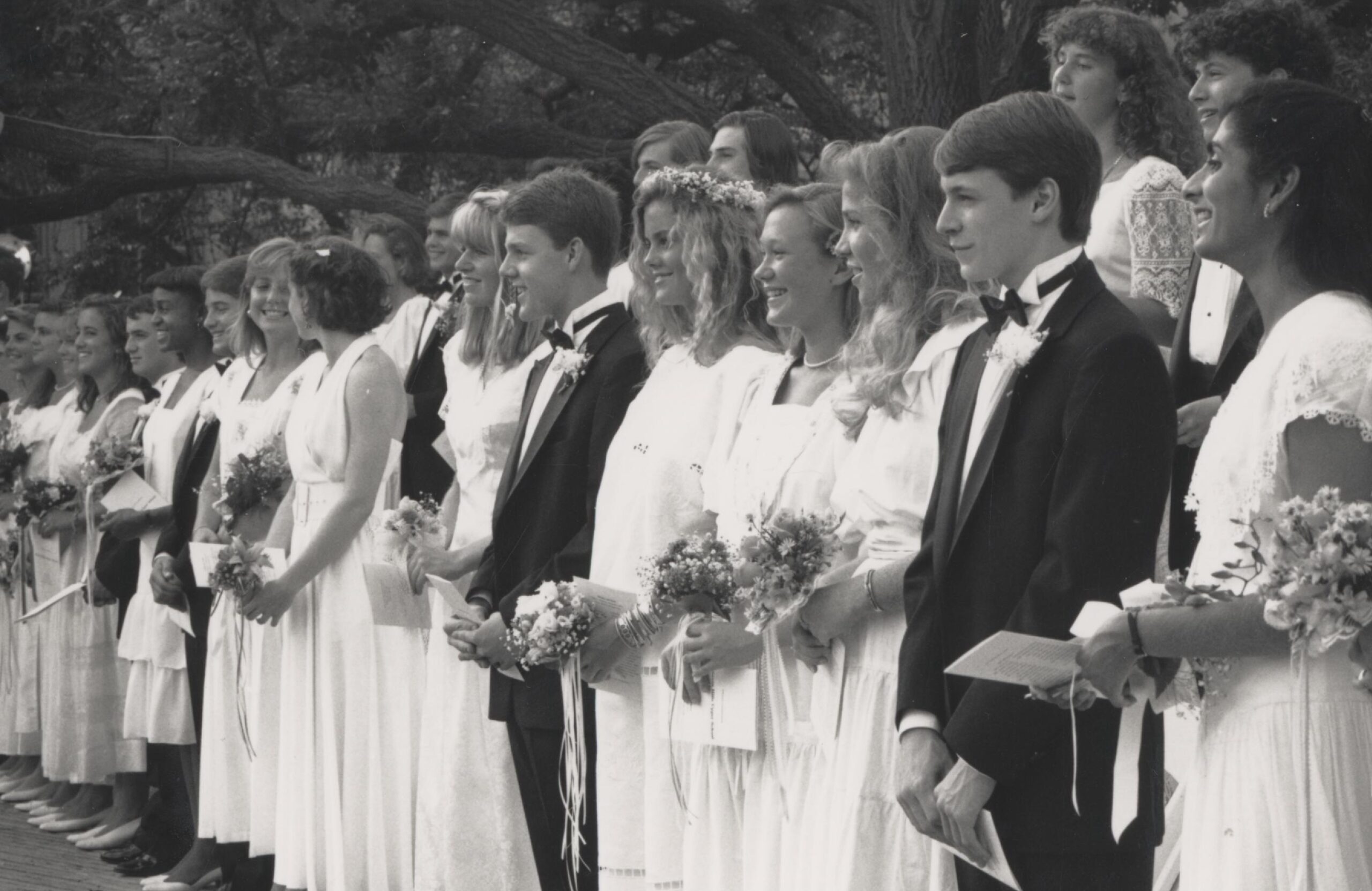
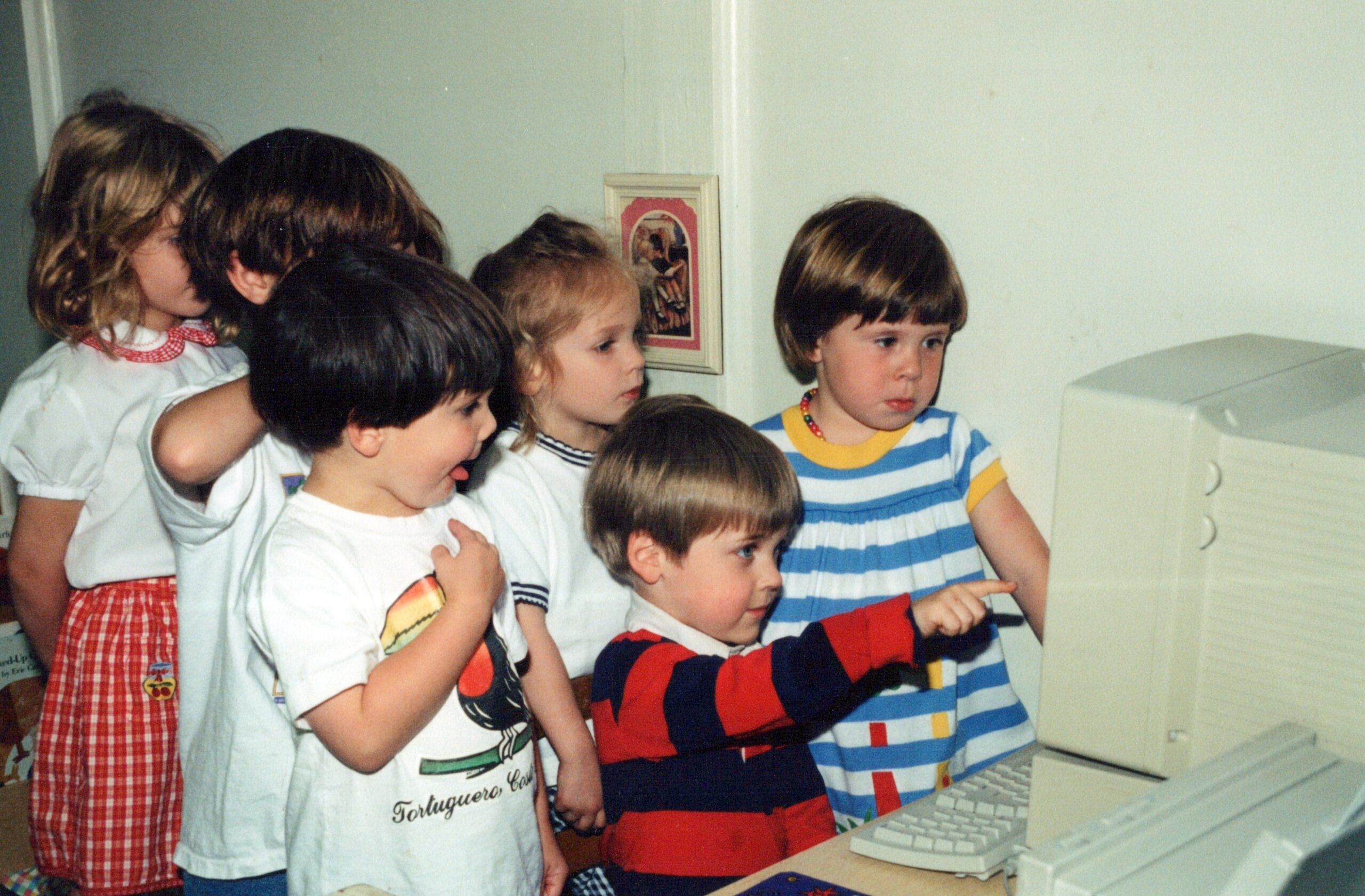
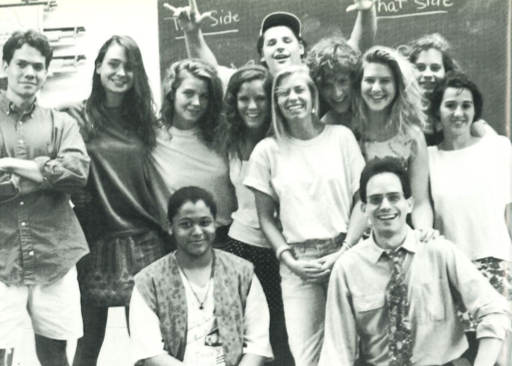
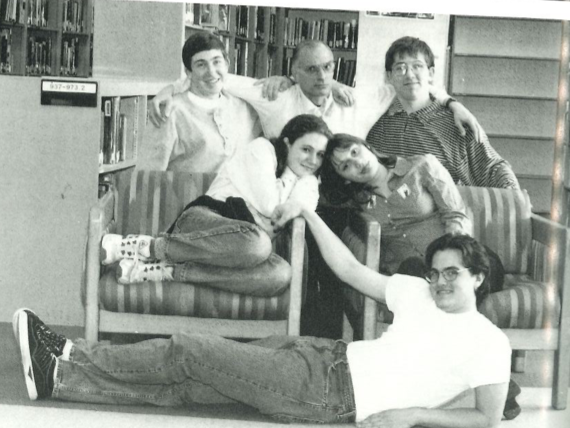
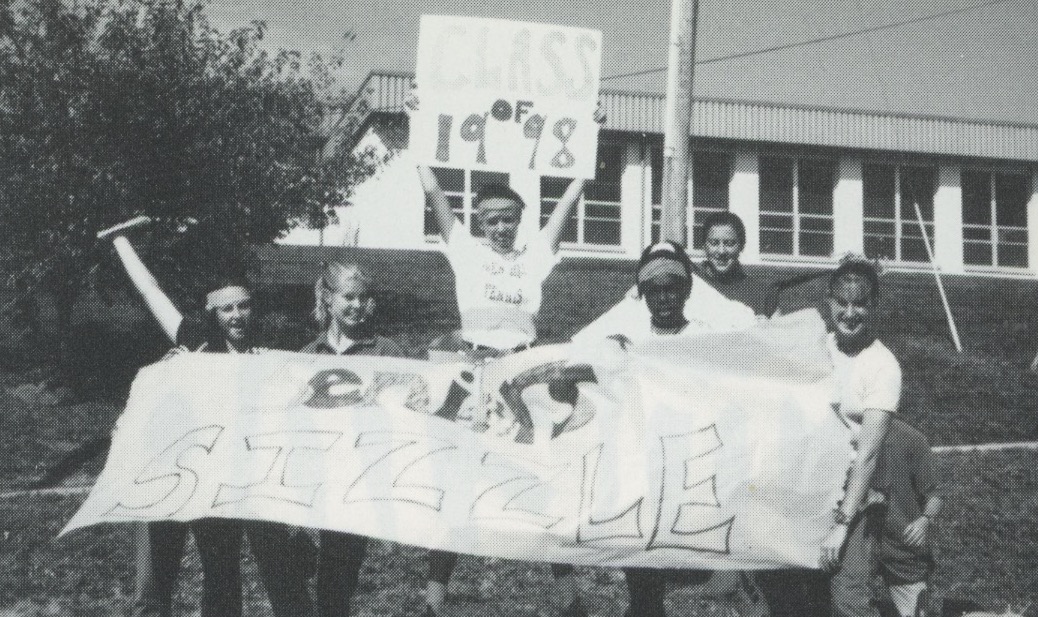
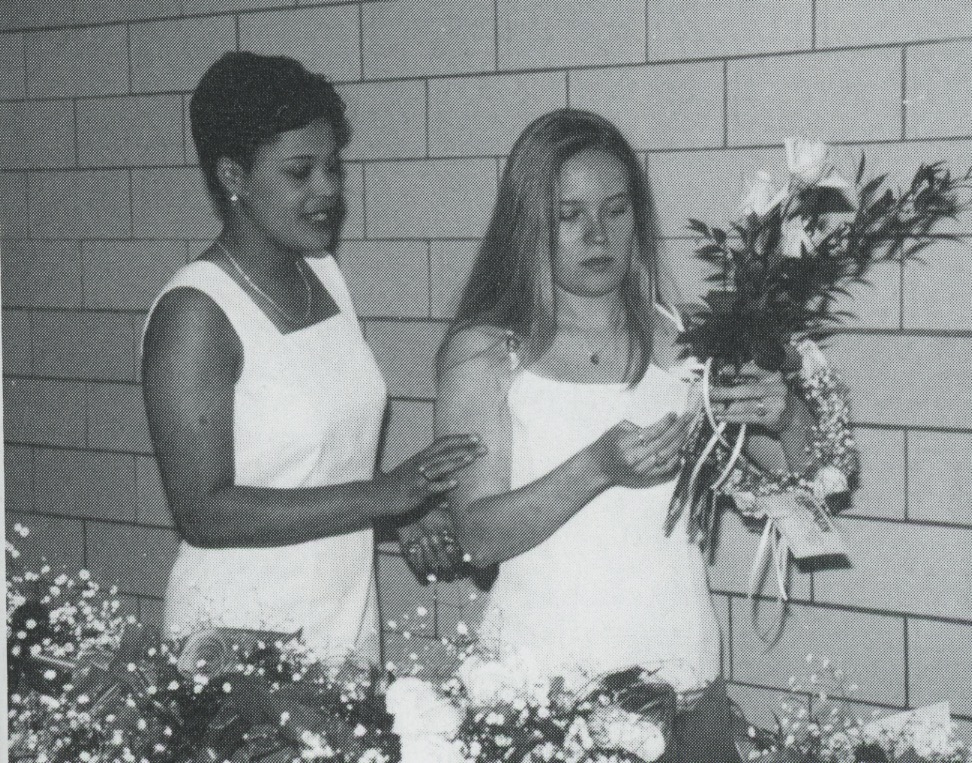
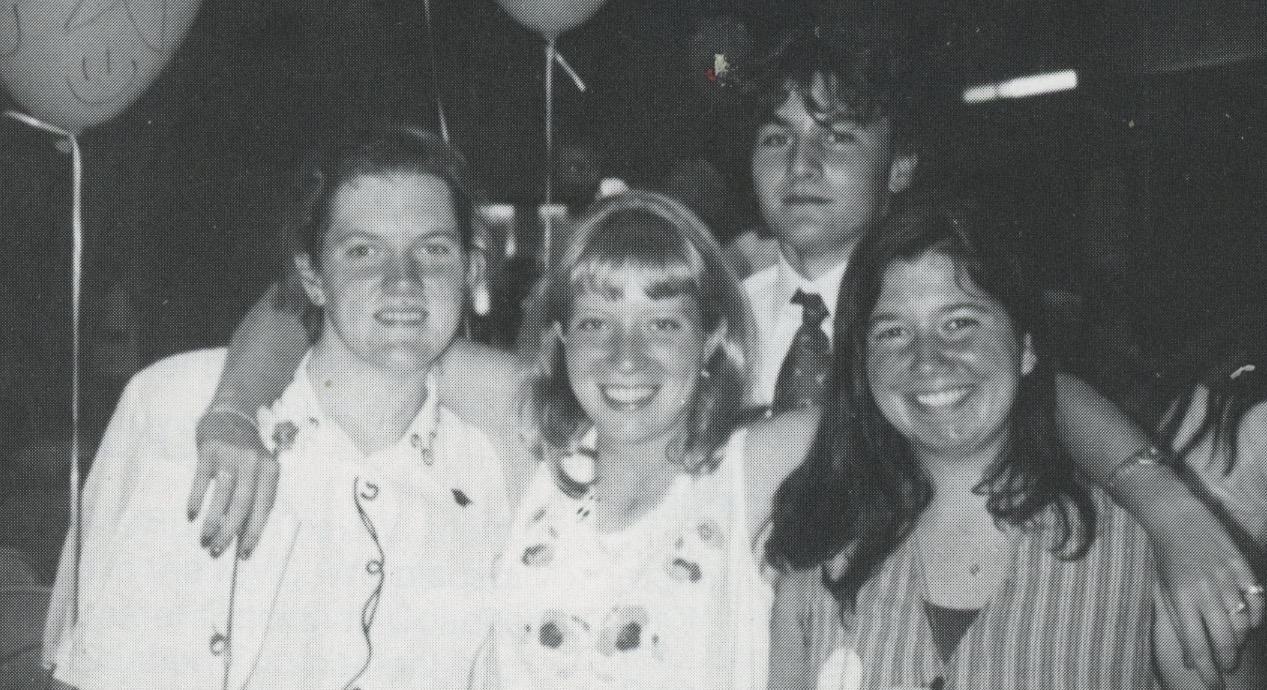
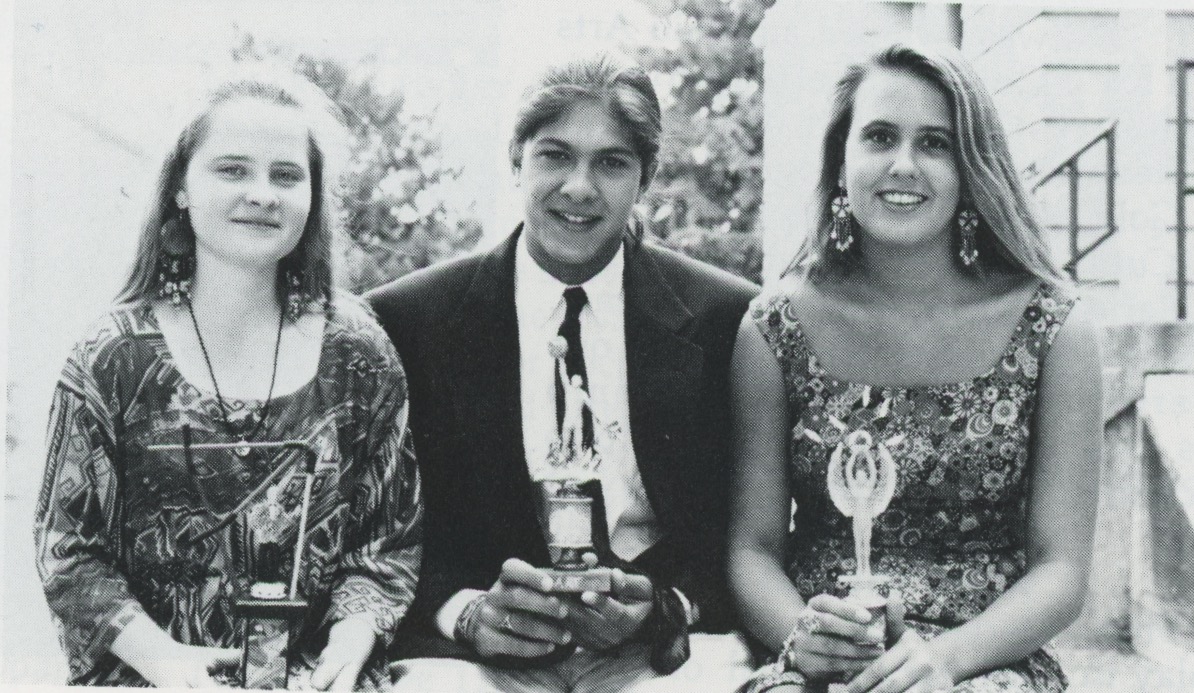
2000-2010
Near the end of the 1990s, the Board turned its attention to modernizing the school’s academic facilities on both campuses. An ambitious fundraising effort, called the Campaign for One and All, funded the construction of a new shared arts facility, the Donovan Arts Center, as well as a state-of-the art early education center, Haile Hall at Doherty, enabling faculty to introduce new, more problem-based curriculum. The most ambitious achievement was the construction of a new Upper School building, with spacious classrooms, a glorious sun-filled library, and capacious well-equipped laboratories, to support the school’s rich academic program. In 2001, Debbie Reed left Seven Hills to take over as head of the prestigious Polytechnic School in Pasadena. She was succeeded by Interim Head of School Tory Parlin from 2001 to 2002, Head of School Sandy Theunick from 2002 to 2007, and Interim Head of School Todd Bland from 2007 to 2009. In this period, Seven Hills hired our first director of diversity and embarked on an ambitious diversity and equity initiative. Another major focus of this decade was building the school’s endowment. The Critical Assets campaign, launched in 2006 and completed in 2011, raised $17.6 million to attract and retain a superb teaching faculty and to provide scholarships to support a diverse and talented student body. When Todd Bland was named Head of School at Milton Academy in Boston, Chris Garten was named as Seven Hills’ seventh Head of School.
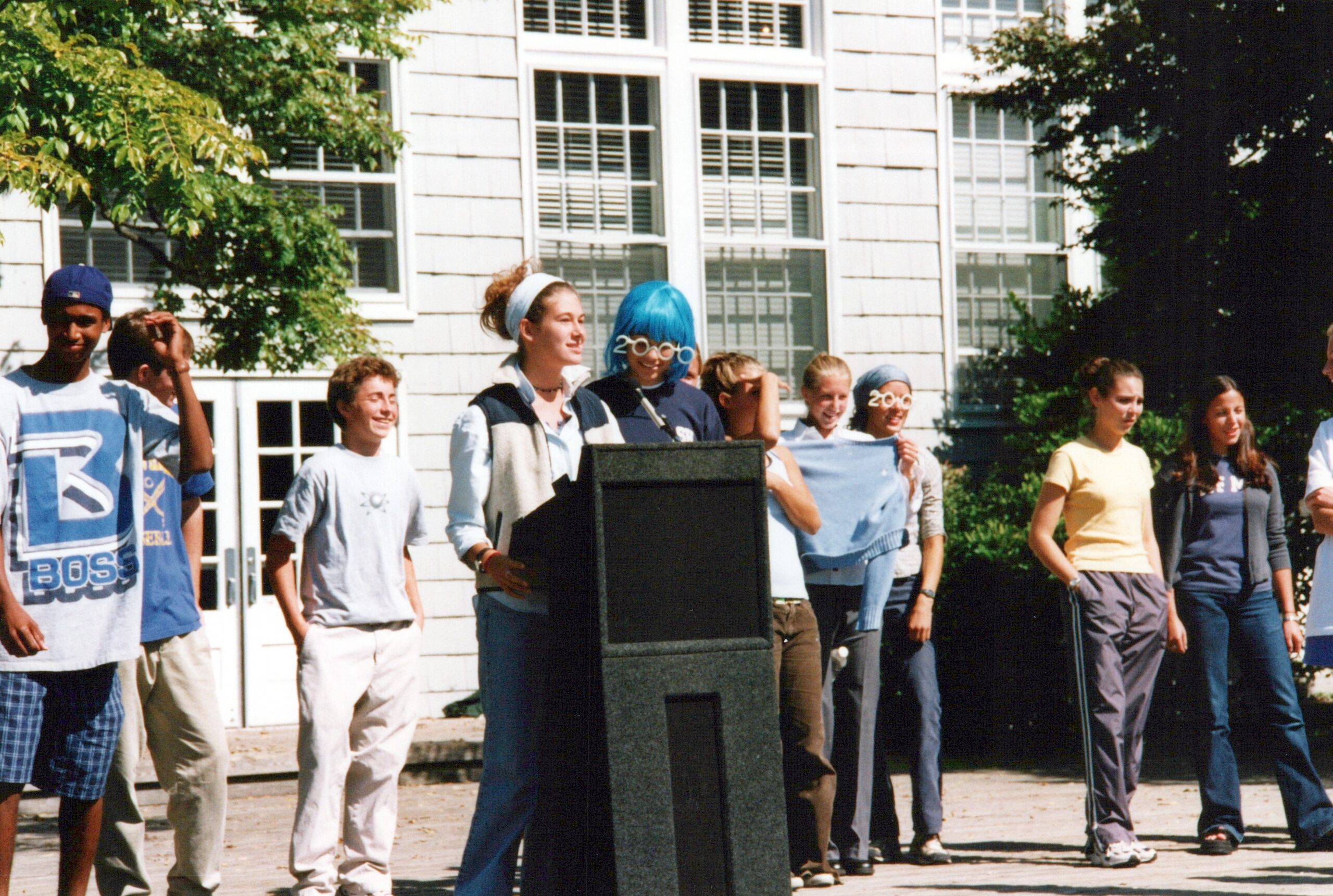
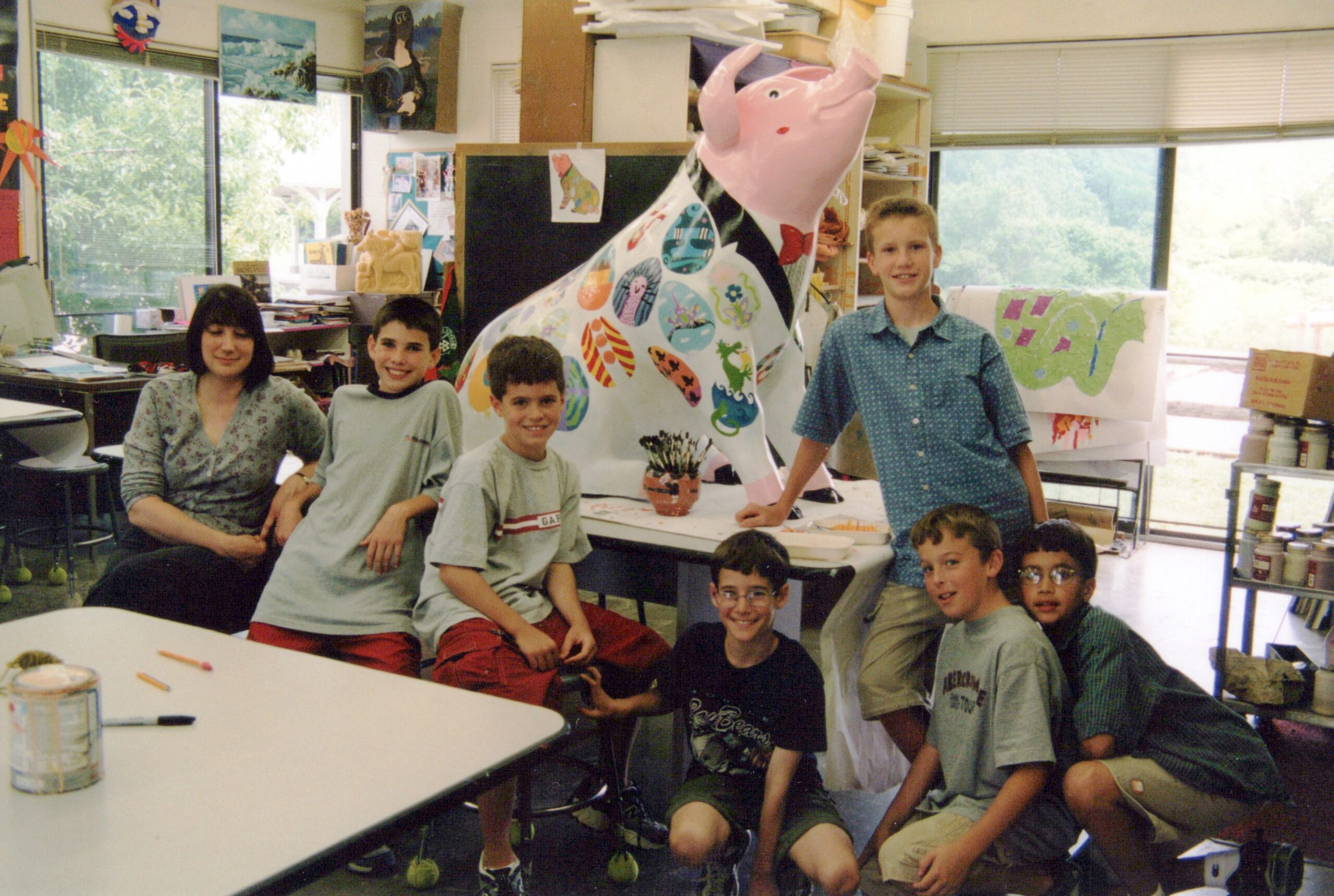
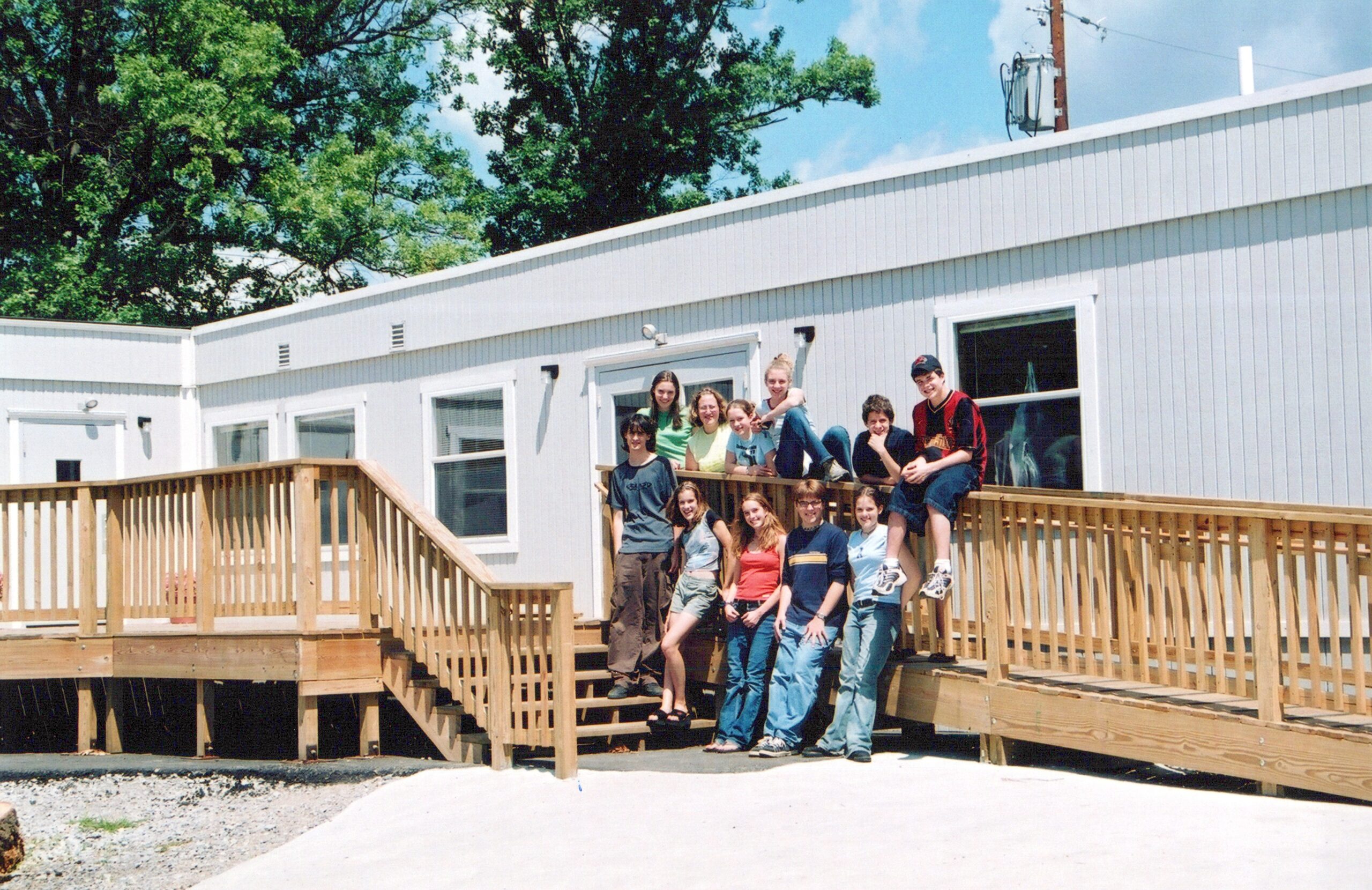
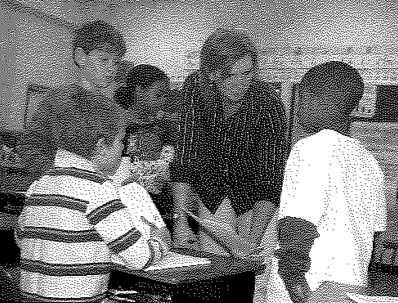
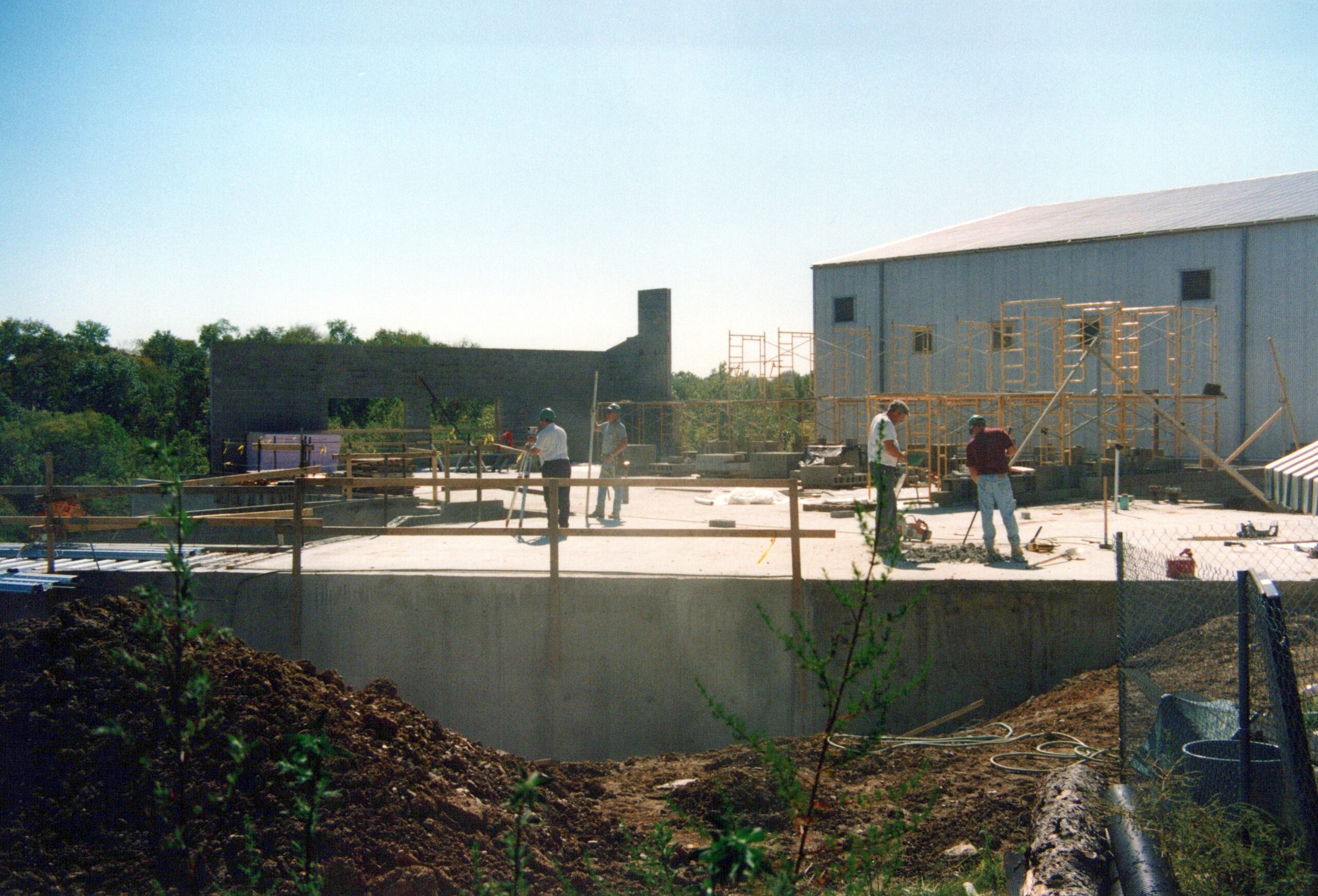



2010-2024
As the 2010s dawned, Seven Hills focused on enriching its curriculum to prepare students for a rapidly changing world. The school’s enrollment became much more diverse, attracting students from 65 zip codes and families from a wide variety of backgrounds. To supplement the school’s traditionally rich offerings in science and mathematics, new elective courses were developed in engineering, biotechnology, anatomy and physiology, and computer science. Survey courses and elective courses in history and literature became more global and multicultural in focus, and Chinese was expanded to a full world language program in seventh through 12th grade. Building on the school’s tradition of Challenge Projects and meaningful community service, the Upper School launched a new Experiential Learning program, offering May Terms, Concentrations, and Civic Engagement Seminars, as well as job shadows, internships, and summer enrichment experiences, designed to help students discover who they are and what they want to do with their lives. The Build.Connect.Inspire campaign, launched in 2014, funded $40 million in new construction, including the Taft Early Childhood Center, the Lower Field Complex, Field House, 10 tennis courts, four squash courts, and The Schiff Center arts complex, as well as major renovations on the Doherty Campus and a new Middle School, completed in 2022. After a 15-year tenure, Chris Garten announced his retirement, and Matt Bolton, the Head of Upper School, was named as the school’s next leader.

